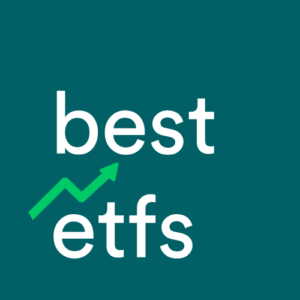If you’re considering getting exposure to the Australian shares sector, the VanEck Vectors Australian Property ETF (ASX: MVA) might be one ASX ETF to watch in June.
What does the VanEck MVA actually do?
The VanEck MVA ETF provides investors with exposure to the Australian property market by investing in a portfolio of ASX-listed property companies and real estate investment trusts (REITs).
MVA meets our minimum FUM criteria
The MVA ETF had $213.31 million of money invested when we last pulled the monthly numbers. Given MVA’s total funds under management (FUM) figure is over $100 million, the ETF has met our minimum criteria for the total amount of money invested, otherwise known as FUM. We draw the line at $100 million for ETFs in the Australian shares sector because we believe that relative to smaller ETFs, achieving this amount of FUM derisks the ETF.
[ls_content_block id=”3409″ para=”paragraphs”]
Don’t forget the fees (and other costs)
With a yearly management fee of 0.35% charged by VanEck, if you invested $2,000 in the MVA ETF for a full year you could expect to pay management fees of around $7.00. For context, the average management fee (MER) of all ETFs covered by Best ETFs Australia on our complete list of ASX ETFs is 0.5% or around $10.00 per $2,000 invested. Keep in mind, small changes in fees can make a big difference after 10 or 20 years.
In addition to a yearly management fee, there are other costs investors must consider, including brokerage and taxes. A specific cost for ETF and mFund investors to consider is the buy-sell spread, which is the slippage or ‘invisible’ cost paid by an investor when he or she buys or sells the ETF. For the MVA ETF, the most recent average monthly buy-sell spread we gathered (May 2020) was 0.35%. Remember, the lower (or ‘tighter’) the buy-sell spread, the better. This buy-sell spread was below the average ETF spread of 0.45%, so that’s a good thing.
Next steps
Before buying any ETF based on what you read here, feel free to read our free VanEck MVA report. Then, search our complete list of ASX ETFs to do a proper side-by-side comparison of your chosen sector.
[ls_content_block id=”4954″ para=”paragraphs”]



